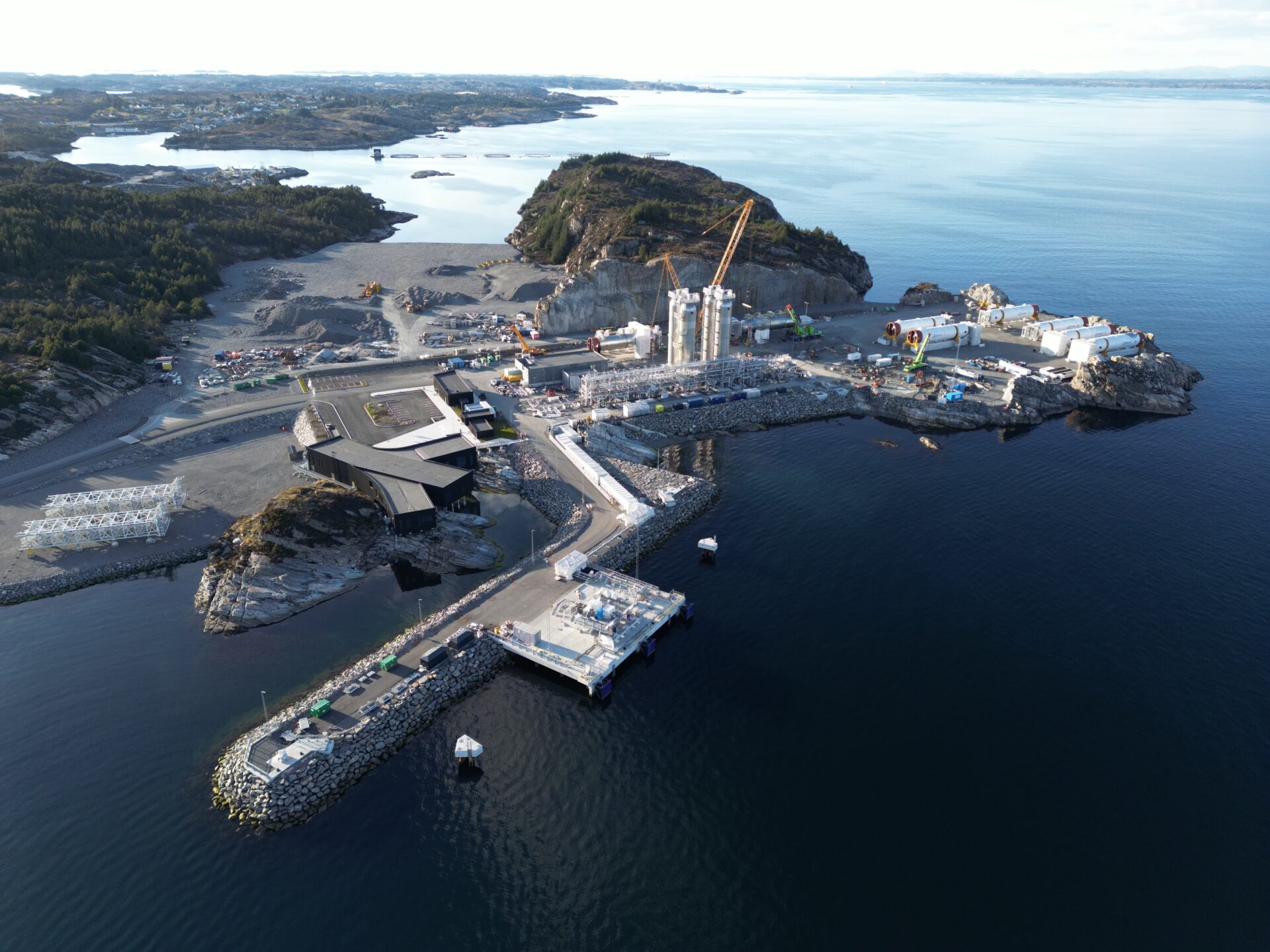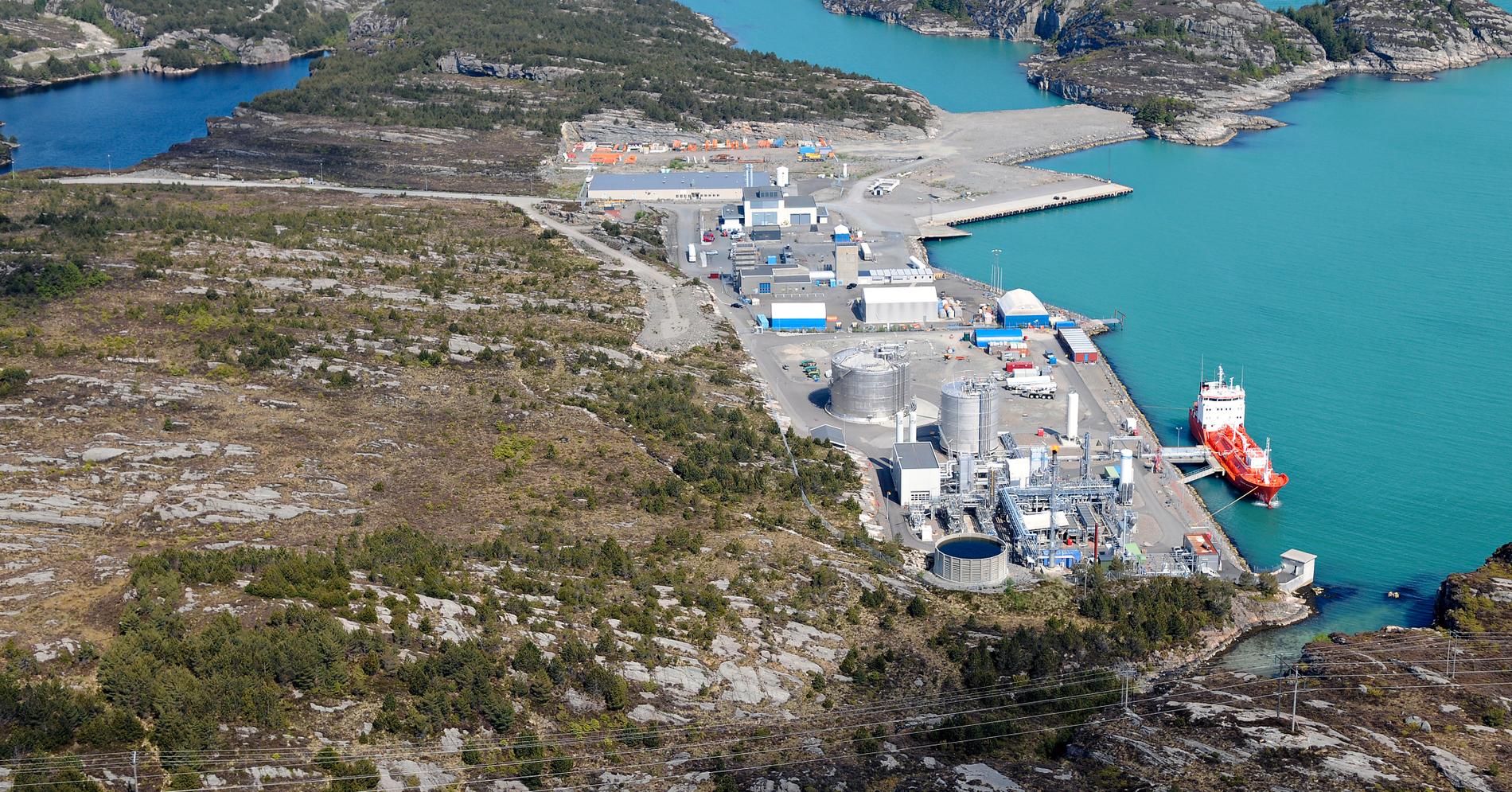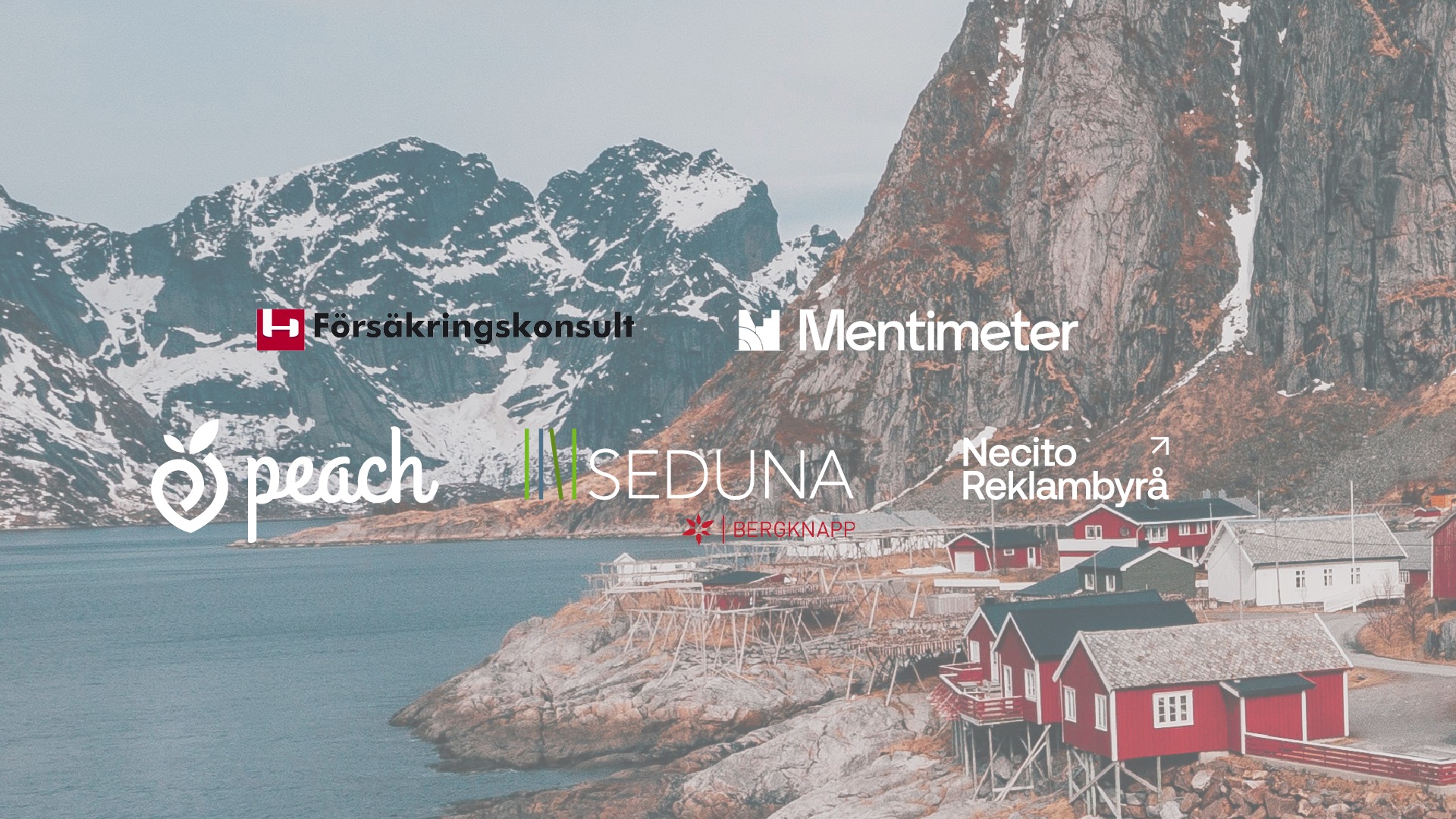Nordic Leisure Travel Group in collaboration with “Direct Air Capture” companies

Nordic Leisure Travel Group has signed a letter of intent with the companies Nordic DAC Group AB and Carbon Removal AS. In 2027, Norwegian Carbon Removal will have a capture facility ready to collect carbon dioxide from the air, so-called Direct Air Capture, which will then be permanently stored 2.6 km below the seabed in the North Sea. The captured carbon dioxide can also be used as a raw material for industries, for example in the production of sustainable aviation fuel, SAF.
– We have a long-term goal of net zero emissions by 2050 from all our own flights. Flying is by far the largest contributor to our carbon footprint, and in the coming years the fleet will be replaced, among other things, with the latest generation of Airbus aircraft, which generate 23% less CO2 emissions per passenger kilometer compared to previous long-haul aircraft. In parallel, we have started cooperation with producers of more sustainable fuels such as e-SAF and are ready to use them as soon as they are available on the market. But there are many indications that you also need to invest in new technology such as so-called Direct Air Capture to reach the 2050 goals, says Magnus Wikner, CEO NLTG.
According to the UN climate panel IPCC, reducing emissions alone will not be enough for the world to reach net zero by 2050. Different types of technological innovation will be required and the removal of carbon dioxide from the atmosphere may be an important component.
– For us in NLTG, the collaboration means that we want to learn more and take advantage of the opportunities that exist and, in the long-term future use of Direct Air Capture. Norway is at the forefront of the field and we are happy to have signed a letter of intent with Nordic DAC Group and Carbon Removal.
Carbon Removal AS is a Norwegian developer of large-scale Direct Air Capture (DAC) facilities.
The company’s flagship project is the NorDAC project in Øygarden outside Bergen in Norway with the capacity to capture 500,000 tons of CO2 directly from the air annually in the first phase, with a possible expansion to 1 million tons. The technology is proven and can be found, for example, in Canada.
In direct air capture, large fans are used that suck in air from the surroundings so that it comes into contact with a water solution that captures carbon dioxide from the air. Through heating and chemical reactions, the carbon dioxide can then be extracted, transported and stored permanently. The ambition is for it to happen with Northern Light’s infrastructure, which is one of Norway’s largest investments for storing carbon dioxide under the seabed in the North Sea and which is currently under construction in Øygarden close to Bergen.
– Norway is very well positioned to be a driving force for carbon dioxide removal on a large scale. We are focused on using our renewable energy resources and expertise from CCS, geological storage of carbon dioxide, and from the oil and gas industry to contribute to global and national climate goals. Development of DAC on an industrial scale could make Norway a leading country in carbon capture, and this represents an important business opportunity as a huge market is expected to remove CO2 from the atmosphere. We look forward to the collaboration with Nordic Leisure Travel Group and Nordic DAC Group on a role for NorDAC in the decarbonisation of air transport, says Eirik Lilledahl, founder of Carbon Removal.
Carbon Removal collaborates with the Swedish company Nordic DAC Group.
They have a service offering certificates for carbon dioxide removal, Direct Air Capture, DAC. The service includes pre-purchase of DAC credits and participation in DAC projects.
– The letter of intent with Nordic Leisure Travel Group shows a leading Nordic player in the travel industry that wants to be at the forefront and use Direct Air Capture (DAC) as a climate tool, says Finn Eriksson, co-founder of Nordic DAC Group AB. The purpose of Direct Air Capture is to remove unavoidable, hard-to-reduce and historical CO2 emissions in order to achieve the climate goals. The collaboration will be an important DAC example in the Nordics, which opens up new opportunities in dialogue with customers and players in the aviation and travel industry.
For more information:
Claes Pellvik, Communications Manager, Nordic Leisure Travel Group
Phone:+46709513032 or claes.pellvik@ving.se
For information about the facility, the technology or the certificates, contact:
Carbon Removal: eirik.lilledahl@carbonremoval.no
Nordic DAC Group: finn.eriksson@nordicdacgroup.com
https://www.carbonremoval.no
https://www.directaircapture.com



